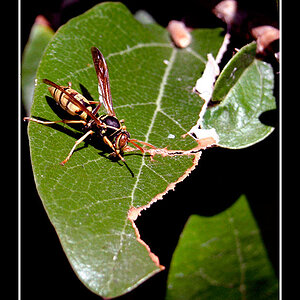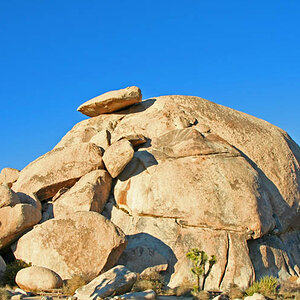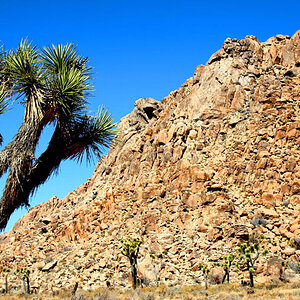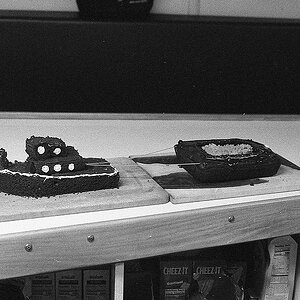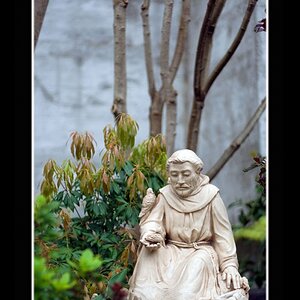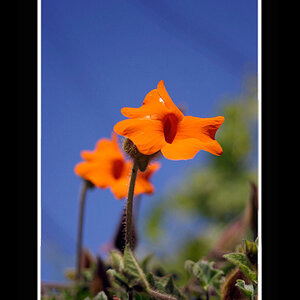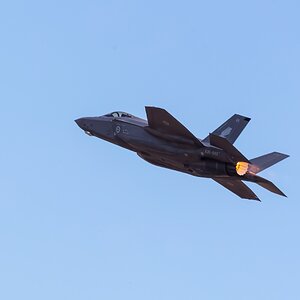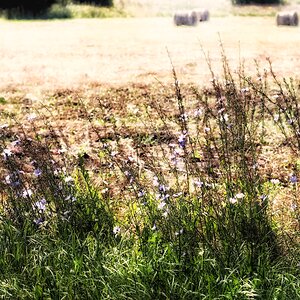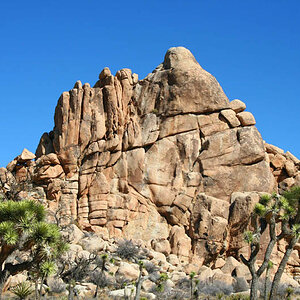Edsport
No longer a newbie, moving up!
- Joined
- Nov 30, 2010
- Messages
- 886
- Reaction score
- 76
- Can others edit my Photos
- Photos OK to edit
Yup those are very nice however some night shots require stacking to get a good result. These 2 shots was taken with my 350D and the 75-300mm lens...
Andromeda galaxy.
Exposure 4 mins x 13 stacked and processed.
ISO 800.
F 5.0.
220mm.
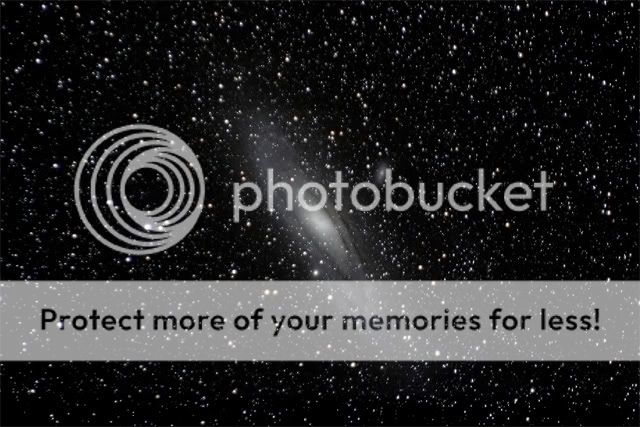
Here is the Orion nebula using 1 exposure of 180 secs @ 280mm unprocessed.

180 secs x 5 stacked and processed.
280mm
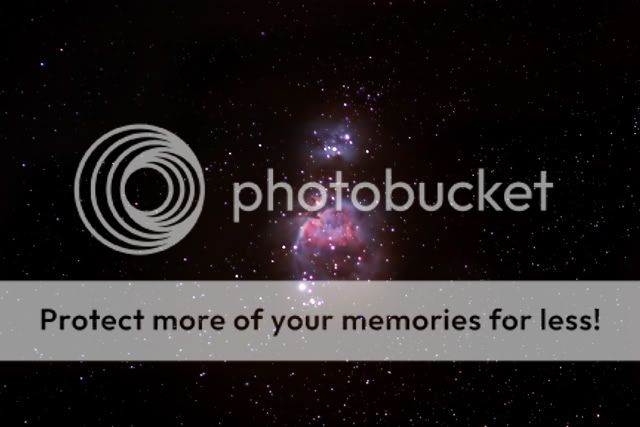
Andromeda galaxy.
Exposure 4 mins x 13 stacked and processed.
ISO 800.
F 5.0.
220mm.

Here is the Orion nebula using 1 exposure of 180 secs @ 280mm unprocessed.

180 secs x 5 stacked and processed.
280mm




